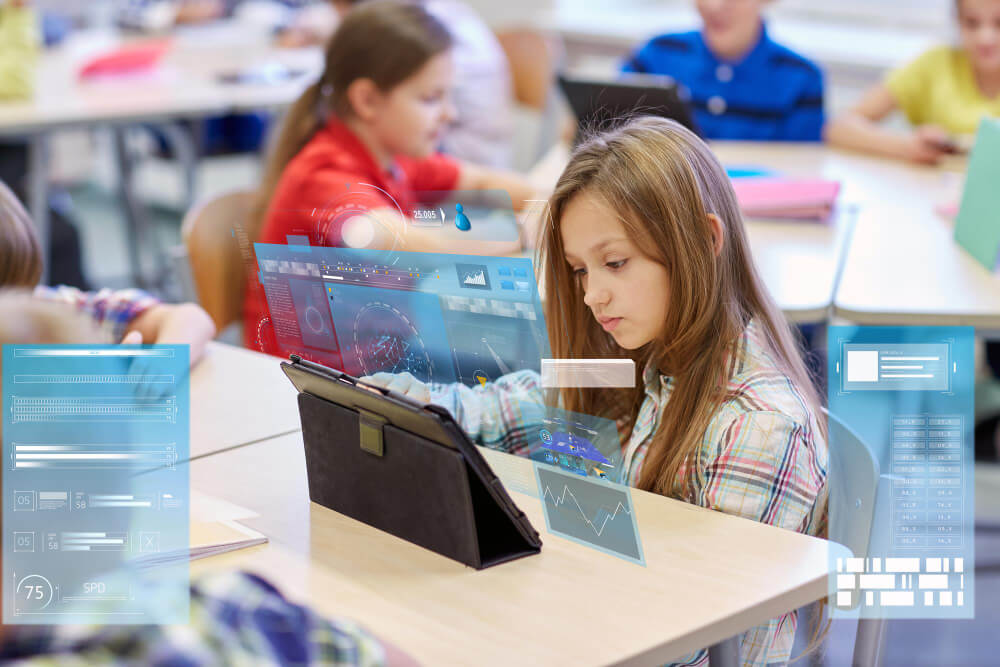With the rise of digital learning, cloud platforms, and AI tools in schools, cybersecurity and data privacy have become non-negotiable priorities. Yet, many school leaders are unsure how to embed these safeguards into their broader tech plans without overwhelming budgets or teachers. The stakes are high and cyberattacks are increasingly targeting the education sector, exposing student data, disrupting learning, and damaging school reputations.
This article explores the essential tools and practices schools can use to integrate cybersecurity and data privacy into their everyday systems and planning. From setting clear policies to choosing the right software and building staff awareness, we’ll break down practical steps that help schools stay secure, protect student information, and meet regulatory expectations. Whether you’re just starting or looking to strengthen your existing protocols, this guide offers clear, actionable advice.
Why Cybersecurity Needs to Be Part of Your School Tech Plan
Building a future-ready digital environment goes far beyond adopting new tools or platforms. For schools, safeguarding student data and system integrity must be an integral part of every tech decision. Cybersecurity is a whole-school responsibility.
Addressing Real Threats in the Education Sector
Schools have become frequent targets for cyberattacks. According to a 2024 global report by Check Point Research, education was the sector most targeted by cyber attacks, with cases increasing by 75% in just a year. From phishing scams to data breaches, vulnerabilities in school systems can lead to serious legal, financial, and emotional consequences.
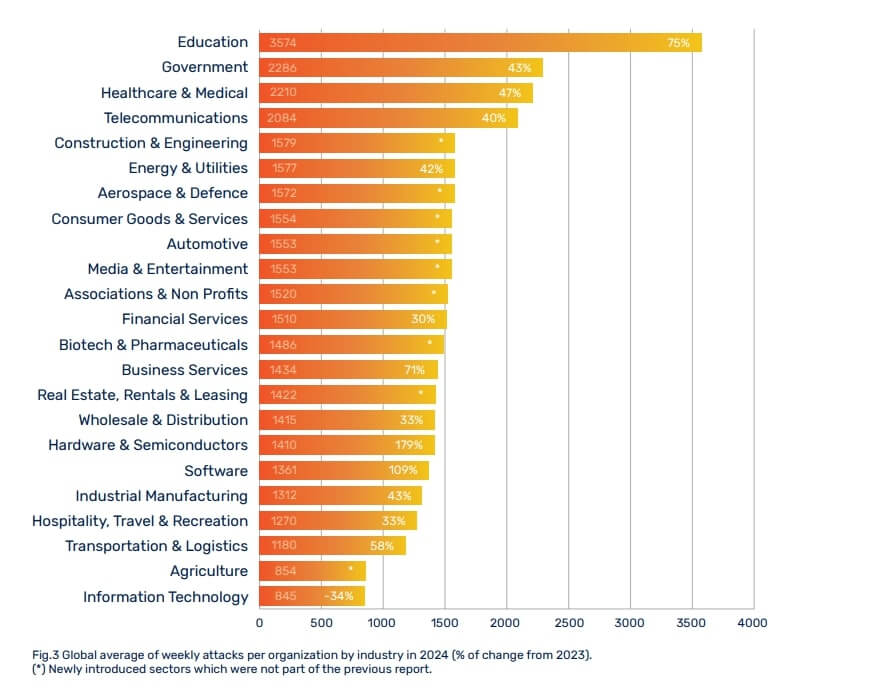
Accessed from: KnowBe4 website
Integrating cybersecurity at the planning stage helps prevent these risks. Whether adopting new learning apps, managing cloud-based systems, or digitising student records, schools need protocols in place to evaluate and secure every digital touchpoint.
Data Privacy as a Non-Negotiable
Student records often contain sensitive data, from full names and addresses to medical histories and learning assessments. In many countries, education laws (like the UK’s Data Protection Act or Thailand’s PDPA) require schools to handle this information with utmost care.
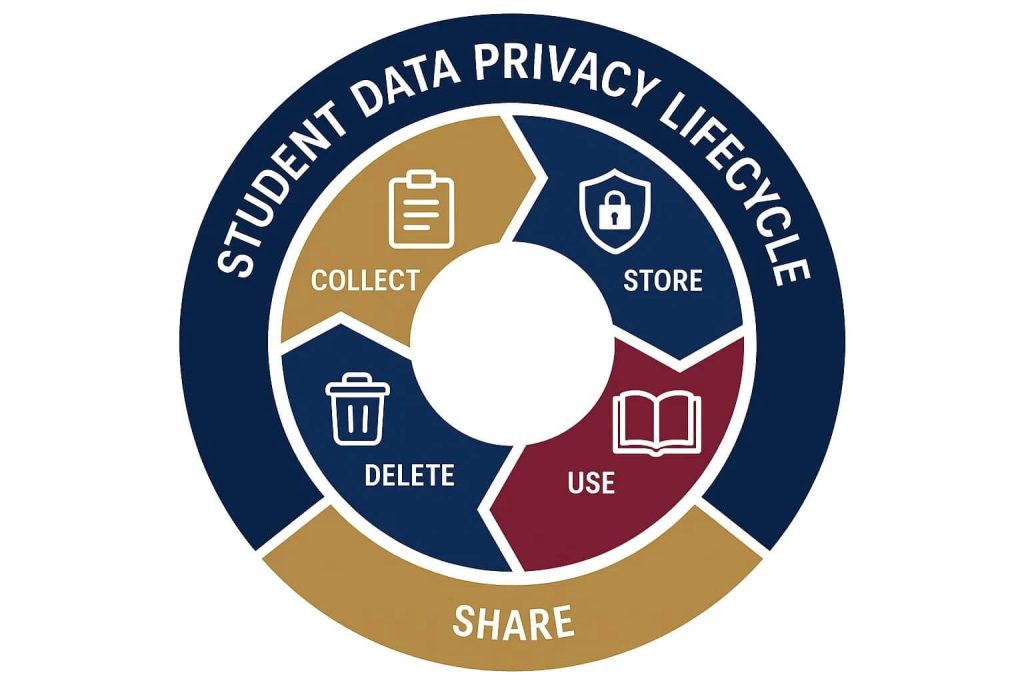
Embedding data privacy principles early on ensures compliance and builds trust with families. Clear data handling policies, regular audits, and transparent communication are just as important as the firewalls and filters behind the scenes. When these elements are baked into your overall tech vision, schools can confidently embrace innovation while keeping students safe.
Start with Policy and Culture, Not Just Software
Developing a Cyber-Aware School Culture
Cybersecurity doesn’t start with purchasing tools, it starts with shared awareness. Before selecting platforms or installing new systems, schools must ensure that everyone, from leadership to support staff, understands basic data protection principles.
Some simple, high-impact actions to initiate this culture shift include:
- Running staff training on digital hygiene (e.g. strong passwords, phishing awareness)
- Creating a shared digital code of conduct for students and teachers
- Establishing a “cyber lead”, a designated staff member or team that stays updated and advises on policy decisions
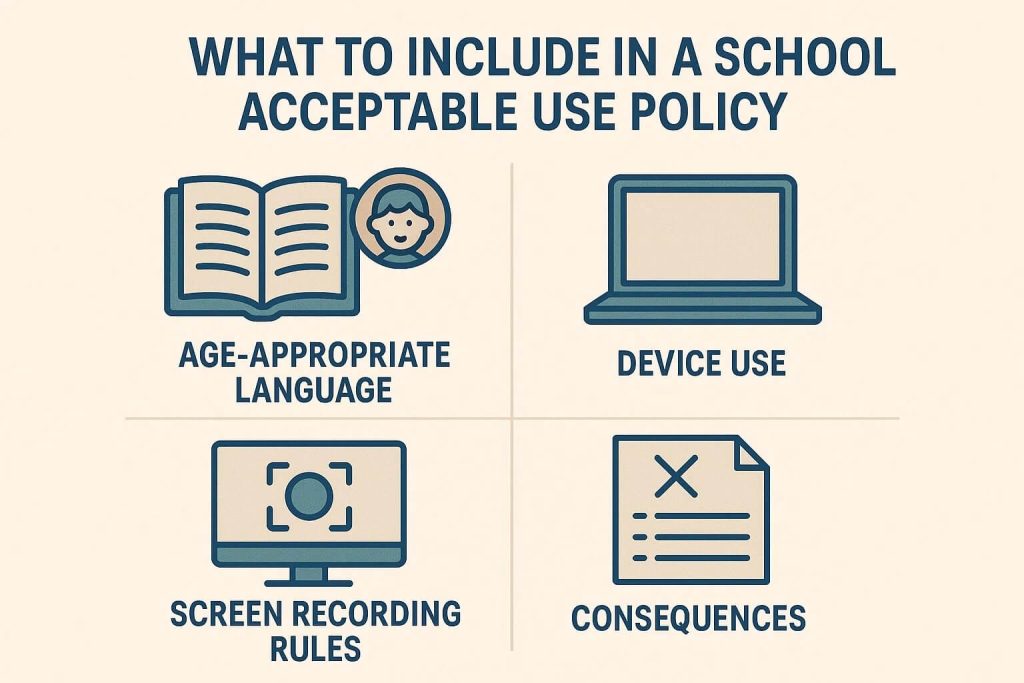
This shift from reactive to proactive thinking helps schools stay ahead of threats and fosters a whole-school commitment to safety.
Building or Reviewing Acceptable Use Policies (AUPs)
An Acceptable Use Policy (AUP) clearly defines how digital tools, internet access, and personal devices should be used within the school community. These policies also outline what constitutes misuse and what the consequences are.
When reviewing or drafting an AUP, schools should consider:
- Clear language that students and families can understand
- Age-appropriate guidelines, especially for early learners or primary-level students
- Specific protocols around cloud storage, personal devices, screen recording, and data sharing
Regular reviews of AUPs, ideally once a year, ensure that the policy keeps up with evolving technology and emerging threats.
Tools That Strengthen Safeguarding and Data Protection
While policy sets the foundation, practical tools bring those protections to life, especially in high-use digital learning environments. Schools don’t need to implement every option at once, but knowing what’s available can help shape a realistic, scalable tech plan.
Filtering and Monitoring Systems
Effective safeguarding begins with visibility. Filtering and monitoring tools help educators and IT teams identify concerning digital behaviour and prevent access to harmful content.
Some commonly used platforms include:
- Smoothwall and Securly – for real-time web filtering and monitoring of student activity
- GoGuardian – popular in Chromebook-heavy schools, offering behaviour alerts and dashboard insights
Linewize – integrates network filtering with classroom management tools
Data Management and Access Control
Controlling who can access sensitive student information is central to GDPR compliance and safeguarding. Schools should evaluate:
- Single sign-on (SSO) platforms like Clever or ClassLink, which simplify login processes and prevent password sharing
- Role-based access controls within school platforms, ensuring, for instance, that teachers can view attendance data but not sensitive health records
- Audit trails that log who accessed what data and when, helping schools respond quickly to any breach
Supporting a Whole-School Approach to Cybersecurity
A whole-school approach ensures that digital safety becomes part of a school’s culture, not just a checklist item. This requires a combination of leadership, staff training, and clear communication with families.
Aligning Leadership and Teaching Staff
Senior leadership teams should model best practices by embedding cybersecurity goals in strategic planning, budget discussions, and curriculum development.
Teaching staff benefit from ongoing training on safe data use, secure logins, and digital safeguarding protocols. Simple habits, like locking devices, using password managers, and identifying phishing attempts, can have a huge impact.
Engaging Families and Students
It’s also essential to involve those beyond the classroom walls:
Families should be informed of how student data is protected and what platforms are used. Transparency builds trust, especially with tools that involve at-home access.
Students, even at younger ages, can be taught digital citizenship. This includes recognising scams, respecting privacy, and understanding the long-term impact of online behaviour.
Building a Culture of Cyber Awareness and Safety
As schools continue to embrace digital tools, integrating cybersecurity and data privacy into everyday operations is essential. From drafting clear policies and setting up layered security systems to training staff and choosing education-focused tech solutions, every step contributes to a safer learning environment.
The ultimate goal is to create a school-wide culture of digital responsibility. By embedding data protection into your technology plans, you empower both educators and students to use digital tools confidently and securely. For more guidance on school operations and safeguarding best practices, explore the full range of expert resources at AISL Mall.
AI-powered learning tools that may interest you:
Get a special discount by quoting code AISLMALL during INQUIRY OR CHECKOUT.
Cathoven – Language Hub
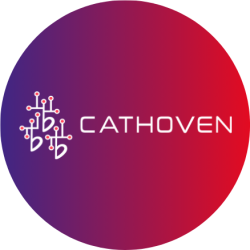
Cathoven is a smart assistant for language educators, helping design courses and assessments aligned with student proficiency levels. It evaluates assignments, identifies learning gaps, and provides feedback. Used by top institutions like Columbia University, it was ranked second by QS for AI in Education.
eLimu - Learning Games
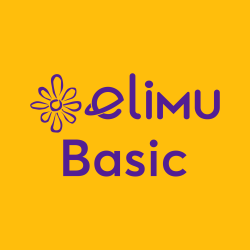
eLimu World is an interactive learning platform designed for kids aged 4-8, offering a range of fun, inquiry-based learning (IBL) games that help children learn better and faster. Our solutions cover key subjects like math and science, using a gamified approach that keeps kids engaged while building essential skills.
Kahoot! Gamified Learning Experience
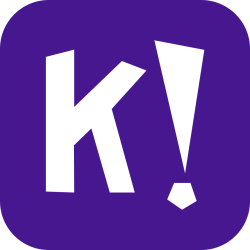
Kahoot! is a game-based learning platform that makes learning fun and engaging for all. It offers interactive quizzes and games for use in schools, workplaces, and homes, fostering collaboration and creativity. Kahoot! enables teachers, students, and families to connect and learn together through entertaining and educational experiences.
Nova AI Mentor: Redefining Personalised Learning
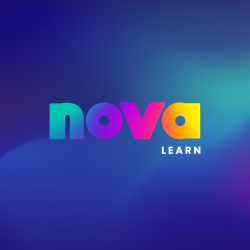
Novalearn Limited is an EdTech company transforming education by seamlessly integrating machine learning, studio-produced edutainment, and quality STEAM education aligned with international K-12 curricula.
Quizizz – Empowering Adaptive and Inclusive Learning
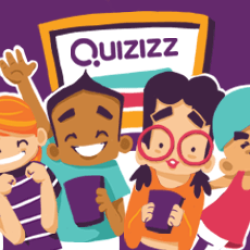
Quizizz is a transformative educational platform that empowers teachers to create, adapt, and deliver personalized curriculum resources to meet the unique needs of every student. Featuring a comprehensive suite of tools, Quizizz enables differentiated instruction, interactive video lessons, and AI-powered accommodations to reduce barriers and foster an inclusive learning environment.
